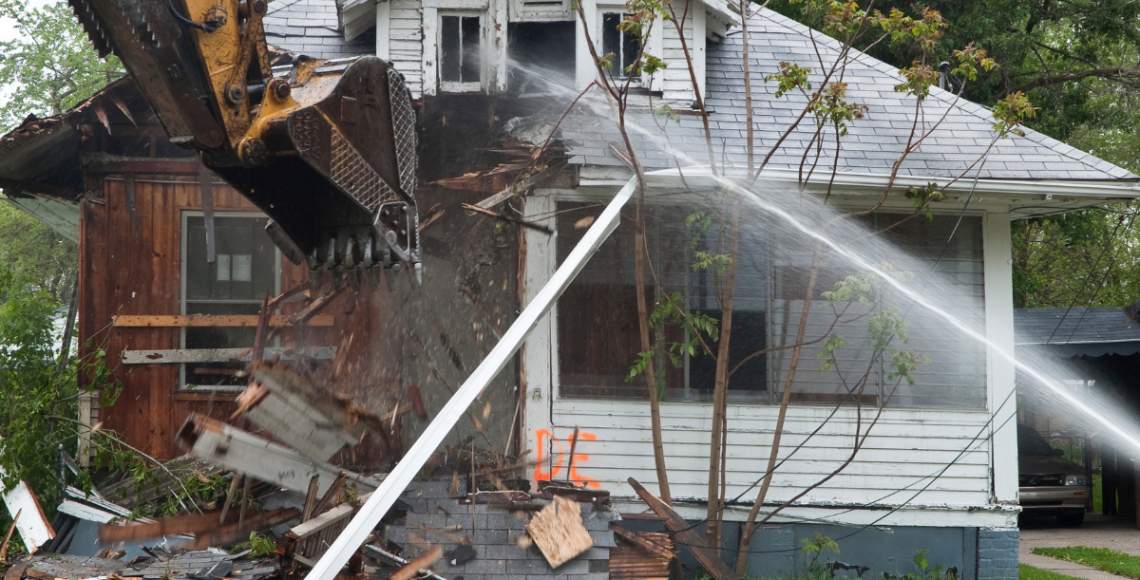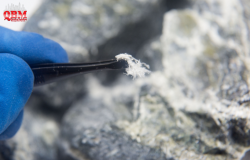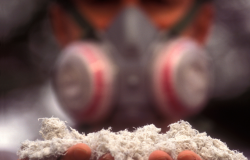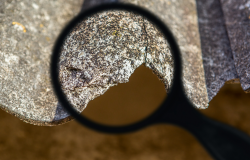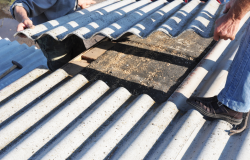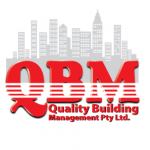Asbestos Awareness Month
Asbestos is a mineral that can be found in the earth’s crust. It has been used in various construction materials for thousands of years up until 1990 in residential homes and until 2004 in commercial and non-residential buildings. It is a fibrous silicate material that was a material of choice as it withstands heat, erosion and decay. The dangers of asbestos came to light when it emerged how dangerous this material is once it becomes airborne. To learn more about asbestos and its dangers, read on.
What is Asbestos?
Asbestos is a naturally occurring mineral that has been mined for more than 5,000 years. It can be found in many places around the world, including in soils and rocks. Asbestos was used in many industries, including construction and manufacturing.
Asbestos was once considered a miracle mineral because of its fireproofing properties. In fact, it’s so strong that it could be woven into fabric or mixed into cement to strengthen buildings during construction work sites. However, asbestos has been linked to serious diseases like lung cancer when people breathe it in or come into contact with it over time (for example if they work in an old building with asbestos). Asbestos is no longer used because of these health risks—it’s now banned!
Even though you can’t see or smell asbestos fibres floating around your home today (you may have seen them before), there are still ways for them to get inside your body if you don’t take proper precautions when handling clutter from older homes.
The Dangers of Asbestos
Asbestos is a known carcinogen, and it has been linked to an increased risk of mesothelioma. Asbestos can also cause lung diseases such as asbestosis, which scars the lungs and makes it difficult for them to expand properly.
Asbestos exposure occurs when you are exposed to fibres that are in the air around you or on surfaces where they have been disturbed. You may breathe in these fibres if the material containing asbestos is damaged or broken into pieces, allowing them to become airborne easily. The danger of asbestos exposure increases if workers inhale or ingest even small amounts of this substance while working with it or with materials containing it.
You might be surprised at how common asbestos is in your home if it was built or renovated before 1990. In fact, 1 in 3 homes built or renovated during this time will have asbestos. Knowing more about asbestos if you fall into this category or if you are a trade worker is paramount.
Asbestos is dangerous when it breaks down and becomes airborne. When asbestos fibres are inhaled or ingested into the body they can cause cancerous tumours to develop in the lungs or other organs such as the heart or gastrointestinal tract over time. Asbestos-related diseases have no cure; however, they can be treated with surgery if detected early enough in their development stages. The development of asbestos-related illness does not usually develop until 20-30 years after the first exposure. Mesothelioma generally develops 45 years after exposure.
Asbestos and Natural Disasters
Asbestos is a natural mineral fibre that can be found in many products, and it’s often used in homes, schools, and businesses. The dangers of asbestos are relevant when it becomes airborne and breaks down where it can then cause serious health problems. There is no ‘safe level’ of exposure to asbestos.
Given our sometimes volatile climate in Australia, there are concerns for homes and buildings with a risk of asbestos and what that means when facing natural disasters.
The force of our storms here is powerful enough to disturb asbestos-containing materials and cause them to become friable. This can happen through fire, hail, wind or flooding. Whether you have vacated your property or not during a storm, it is imperative that you follow the guidelines for safe re-entry of your property.
Two Types of Asbestos
There are two types of asbestos: friable and non-friable.
Non-friable asbestos is in any material that contains asbestos. When the material is dry, it cannot be crumbled, pulverised or reduced through the force of hand pressure. Common uses for this type of asbestos are in cement sheets, drainage, pipes and floor tiles.
If your home or commercial building endures a fire, hail storm or use of forces such as drilling or blasting, the bond may be damaged and the asbestos may become a friable material.
Friable asbestos is a type of material that uses asbestos in powder form. When dry, this type of asbestos can crumble, be pulverised or be reduced through hand pressure. Fortunately, the type of asbestos was not used in residential homes but was common enough in commercial buildings.
Identifying Asbestos
Ask a professional to test for asbestos. Asbestos professionals are trained to identify and tell if your home has any asbestos-containing materials. They also can help you decide how best to remove or manage those materials. It is imperative that you leave this job to the professionals.
What To Do When You Suspect Asbestos
If you suspect that your property has been contaminated with asbestos, you should never try to remove it yourself. Asbestos is a known carcinogen and professional removal is the only way to ensure that it’s handled safely. Call a professional immediately if you think there might be asbestos in your home or workplace.
Asbestos-related diseases can take decades to develop after initial exposure. The symptoms may not appear until well after the exposure occurred. That’s why it’s so important for employers and building owners/managers to protect their workers from all types of asbestos fibres by following all regulations regarding its use and disposal.
If your home or commercial building is at risk of asbestos, call us today to discuss your safest option going forward.

